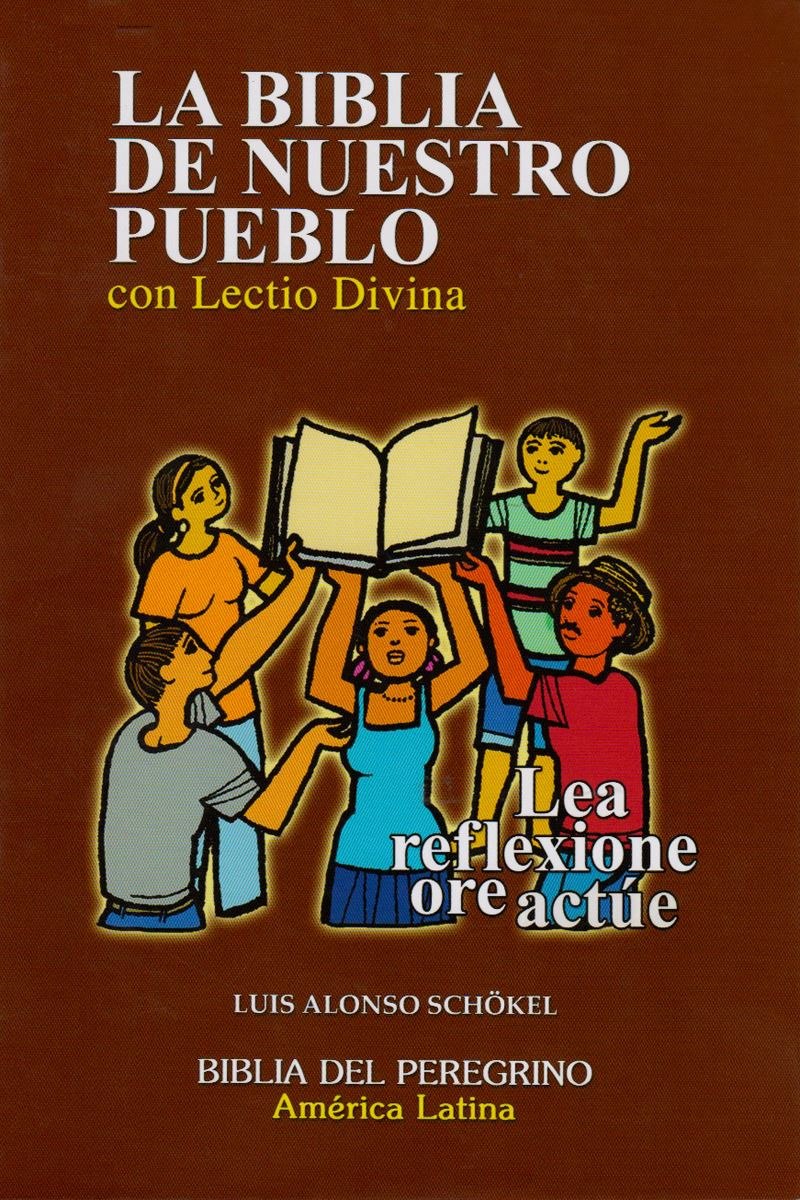
28-30 connect to the creational themes in vv. Yet, curiously, in my review of commentaries on Romans, when it comes to the discussion of Romans 8:28-30, there is often scant discussion regarding how vv. It is clear that strong creational themes run through the heart of Romans chapter eight, particularly 18-26, and that these themes provide a narrative substructure to Paul’s overall argument. Este ultimo aspecto muestra la importancia de considerar a Pablo en forma completa, no solo desde una perspectiva griega de exposicion, a la que el propio autor en sus. En estos pocos versiculos introductorios de Pablo se han podido detectar rastros de un trasfondo similar al de los rabies tannaitas. Los objetivos para el logro de este proposito fueron: (a) hacer un analisis linguistico del texto paulino de Rom 1, 1-7 (b) extraer el marco de referencia desde el que escribe Pablo (c) verificar la existencia de similitudes y diferencias con conceptos de los rabies tannaitas en el periodo del Segundo Templo. Este articulo tiene el proposito de verificar el trasfondo desde el cual expone Pablo, las diferencias o las similitudes que discutio y que habia recibido en su orientacion academica como miembro de una comunidad judia. La novedad de la tesis está en ser un estudio monográfico comparativo de estas unidades, y en desentrañar el contenido de la expresión «estar crucificado juntamente con» con relación a la nueva condición del creyente cristiano tal como es presentado por Pablo: el creyente cristiano es un justificado e identificado vitalmente con Cristo por la fe en él (Gal 2,15-21) y un hombre muerto al pecado y viviente para Dios en Cristo (Rom 6,5-11).ĮspanolEl libro de Romanos puede ser tratado como un testigo importante de las discusiones sobre las tradiciones de los rabies tannaitas en sus etapas formativas. No sólo por haber sido bautizado, sino por lo que implica tal acontecimiento: el creyente ha sido incorporado en Cristo, esto es ha llegado a tomar parte plenamente con él en los misterios de su obra redentora, en la cual se revela el nuevo status del creyente, como muerto al pecado y viviente para Dios en Cristo (Rom 6,11). El análisis de Rom 6,5-11 ilumina el porqué el cristiano no puede continuar viviendo en el pecado (6,1-14).

El estudio de Gal 2,15-21 revela que la afirmación «he sido crucificado juntamente con Cristo» (2,19) es un elemento clave en Pablo para reclamar a los destinatarios de su carta sobre la necesidad de identificarse plenamente con Cristo en la obra de su redención amorosa y vivir así con coherencia su nueva condición de creyentes en Cristo. La presente tesis surge de la constatación de que el verbo «estar crucificado juntamente con» aparece sólo dos veces en los escritos paulinos (Gal 2,19 y Rom 6,6). And the solution to improper boasting that Paul offers to both the Corinthian and Roman Christ-believers is epistemological in nature: it has to do with knowing Paul’s God and his plan for the world correctly. In both Corinth and Rome, the communities to which Paul writes face a significant problem (among others): improper boasting.

In both texts, Paul deploys the language of “calling” to shift the focus to the God who calls, and even though each section plays a different role in relation to its context, both emphasize that God’s initiative plays a key role in how one knows Paul’s God. In two key passages, 1 Cor 1:26–31 and Rom 9:6–29, Paul deploys the language of “calling” to emphasize the concept of divine initiative, specifically highlighting God’s freedom to “call” whomever he wants, paying no regard to any status of the recipient of his gracious love.

The focus of this article is the function of divine initiative in the structure of Paul’s theological epistemology. Tegelijk helpt een vergelijking op het niveau van narratieven ons de unieke aanpassingen in Paulus’ boodschap te ontwaren: de focus op Christus, de voor eenieder noodzakelijke transformatie van de. ‘Rechtvaardiging’ is in dit licht bezien geen nieuw concept en moet niet zozeer worden begrepen als een tijdloze, individuele kwestie, maar als een historische, collectieve ingreep van God. Dit artikel betoogt dat Paulus in zijn brief aan de Romeinen heel concreet aansluit op dit bekende narratieve patroon.

In de Grieks-Romeinse oudheid bevatten narratieven over de oorsprong van de mensheid een aantal veelvoorkomende elementen: een goed, rechtvaardig begin, vervolgens een periode van gradueel moreel verval, maar ook verwachtingen van een terugkeer naar het oorspronkelijke gouden tijdperk, onder een rechtvaardige heerser of door persoonlijke deugdzaamheid. Oorsprongsnarratieven geven vorm aan de collectieve identiteit: waar we vandaan komen, wie we zijn en wat onze gezamenlijke toekomst is.


 0 kommentar(er)
0 kommentar(er)
